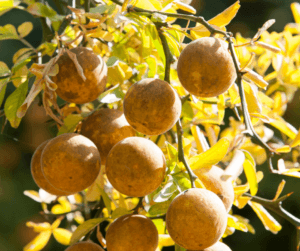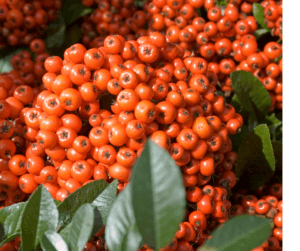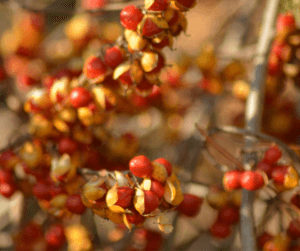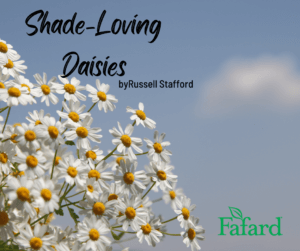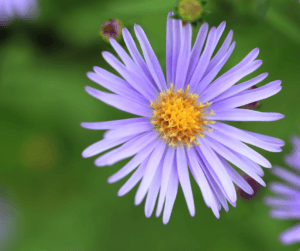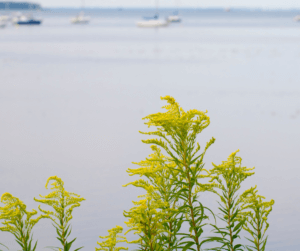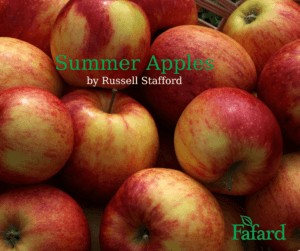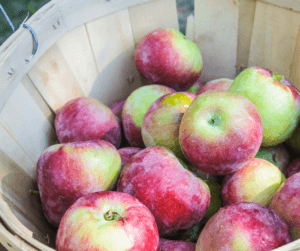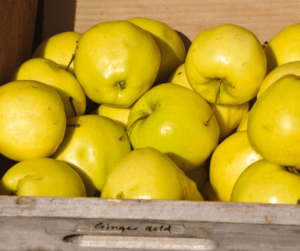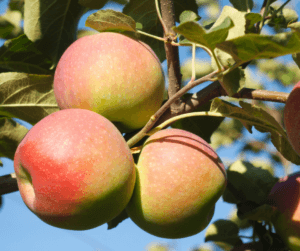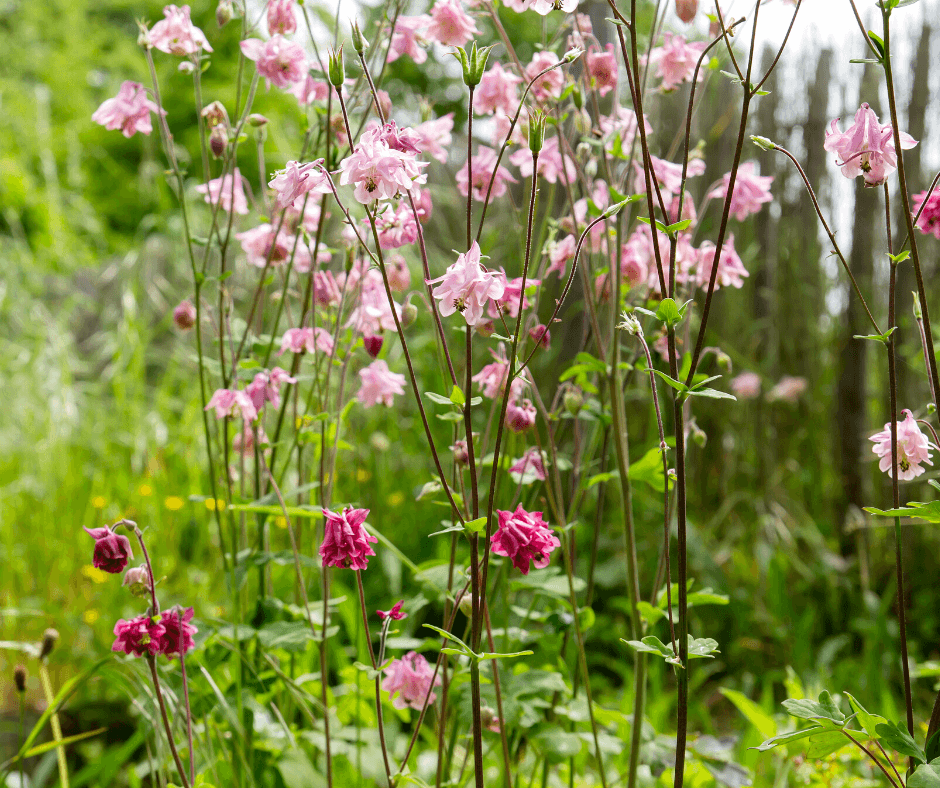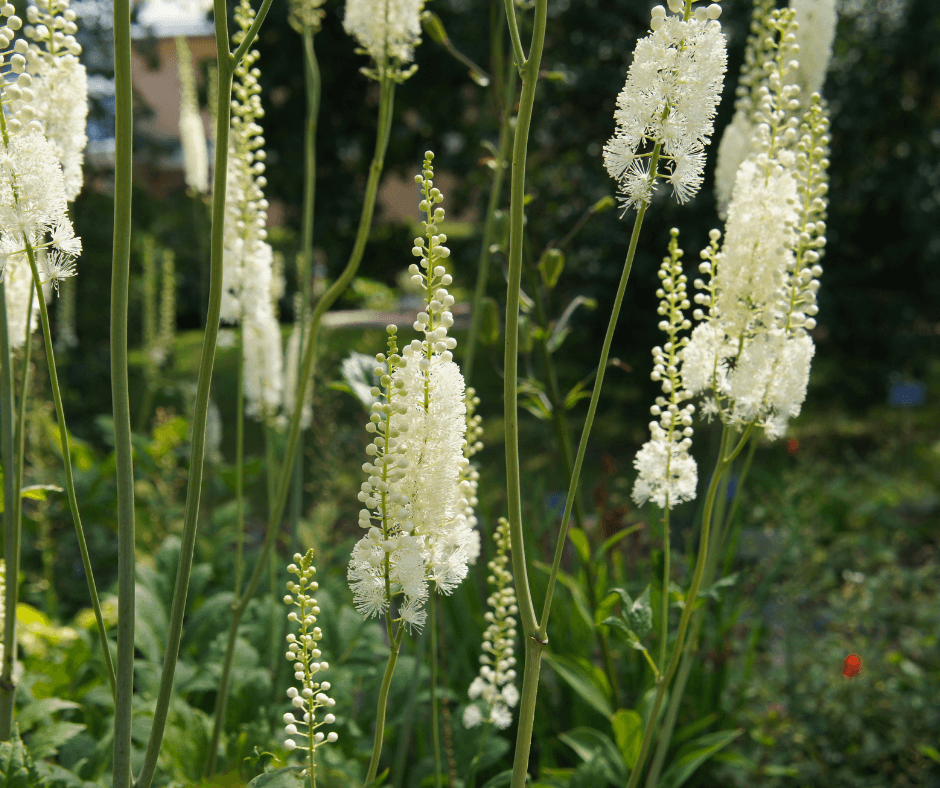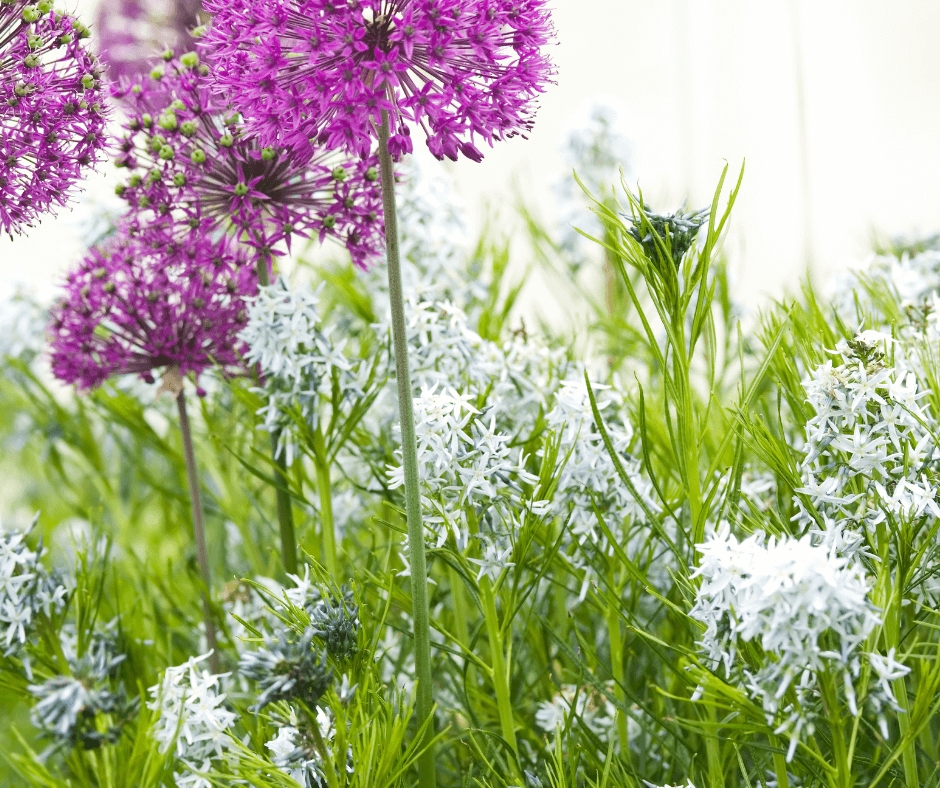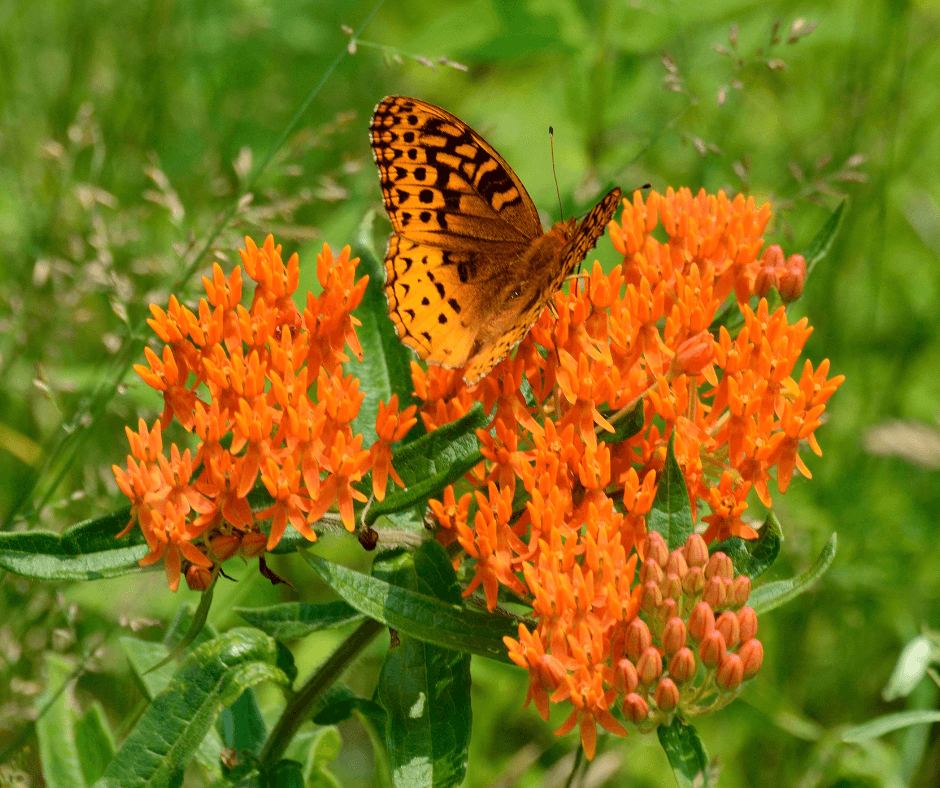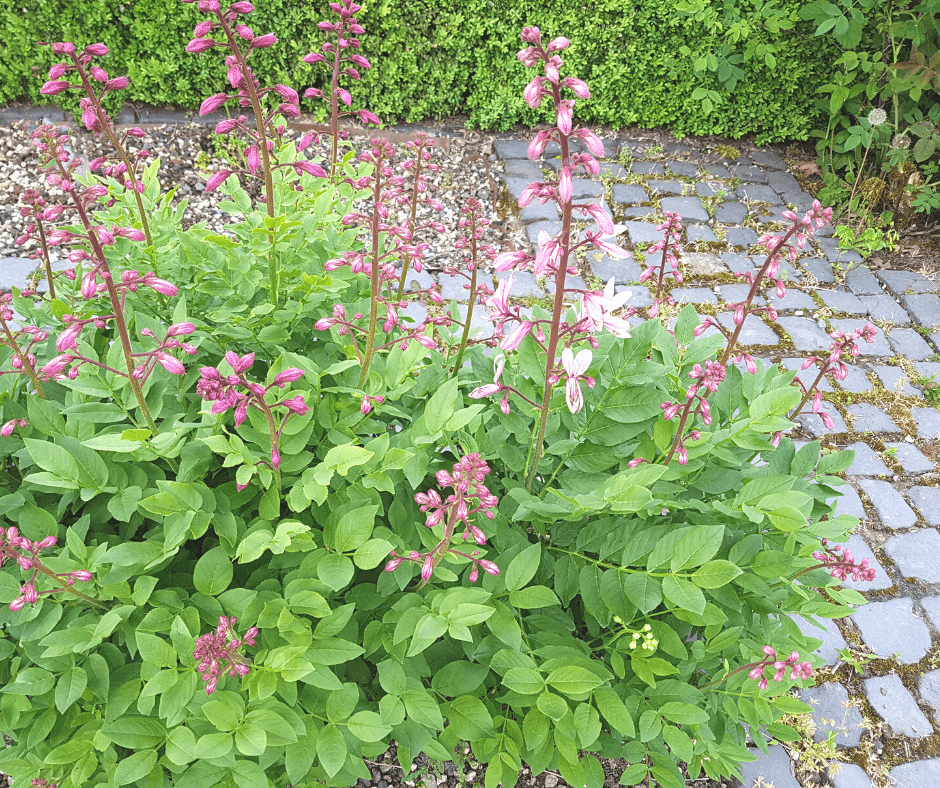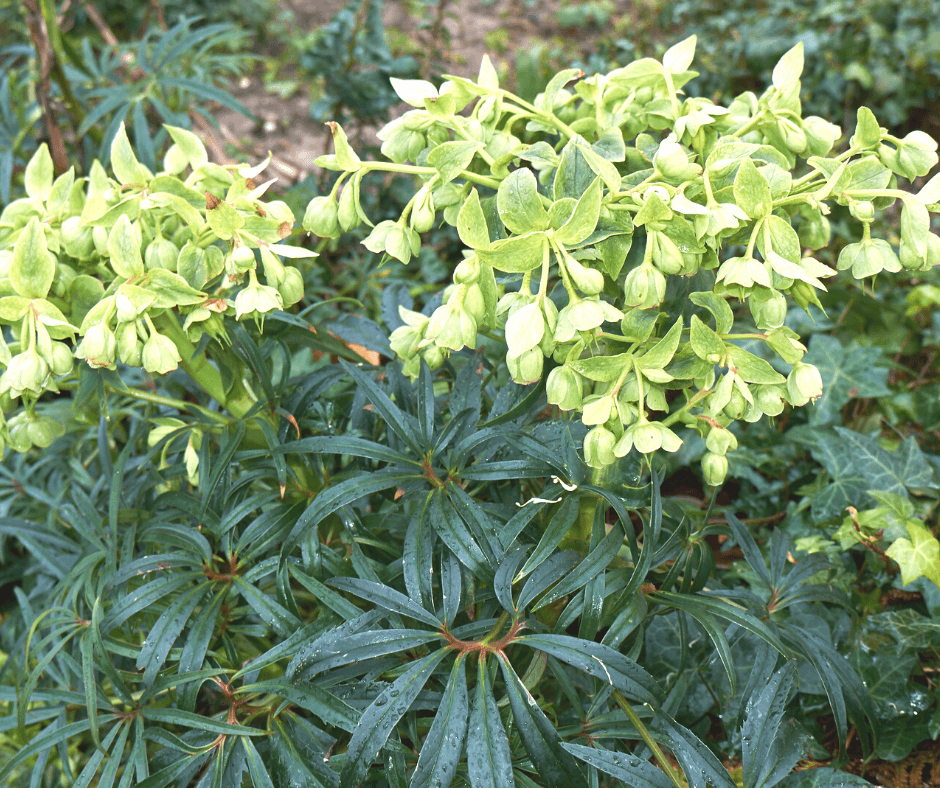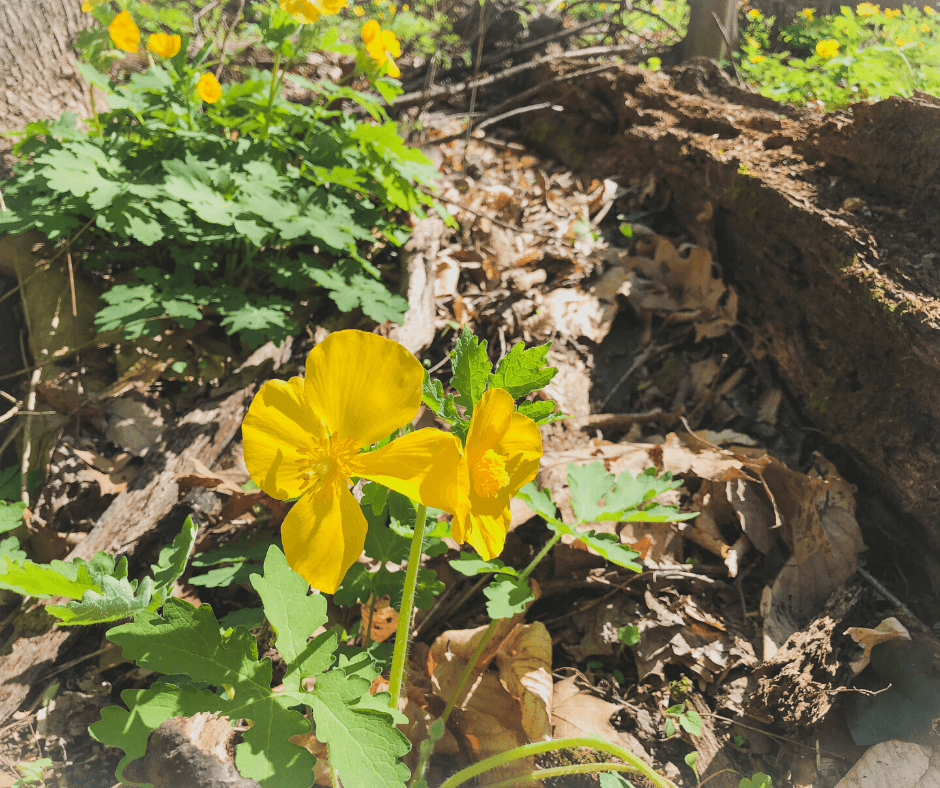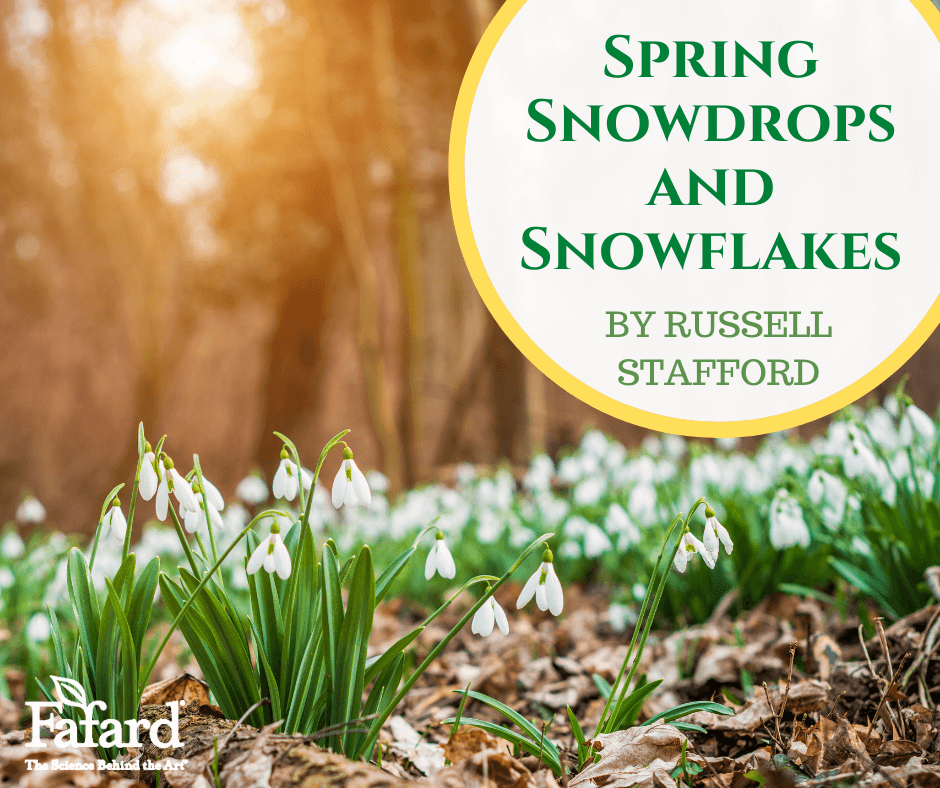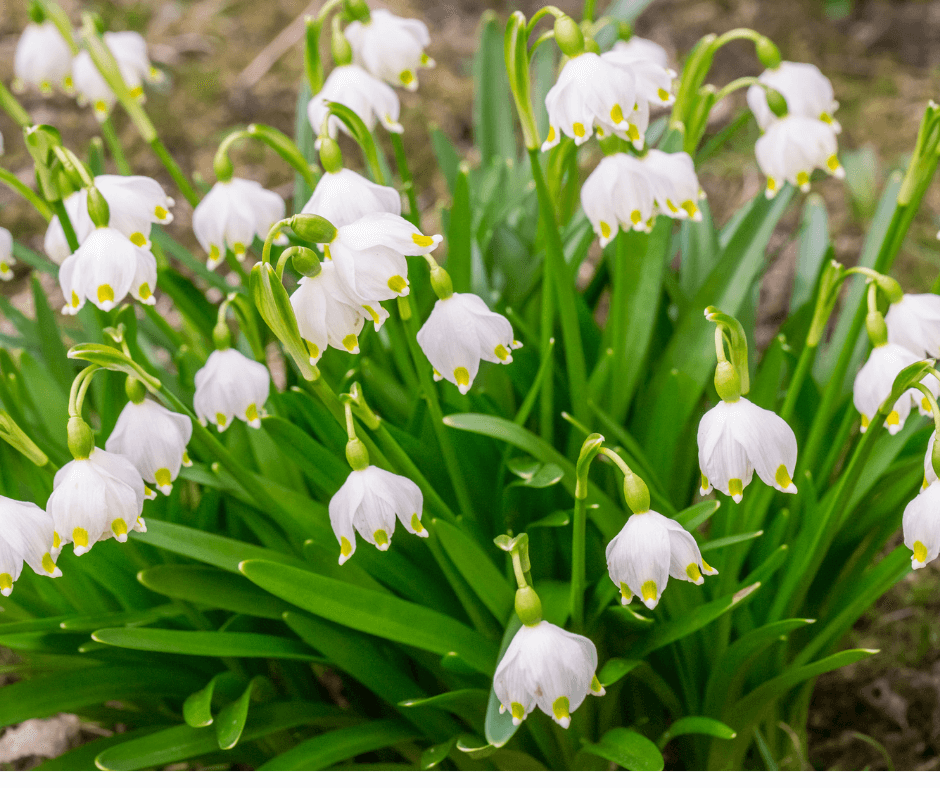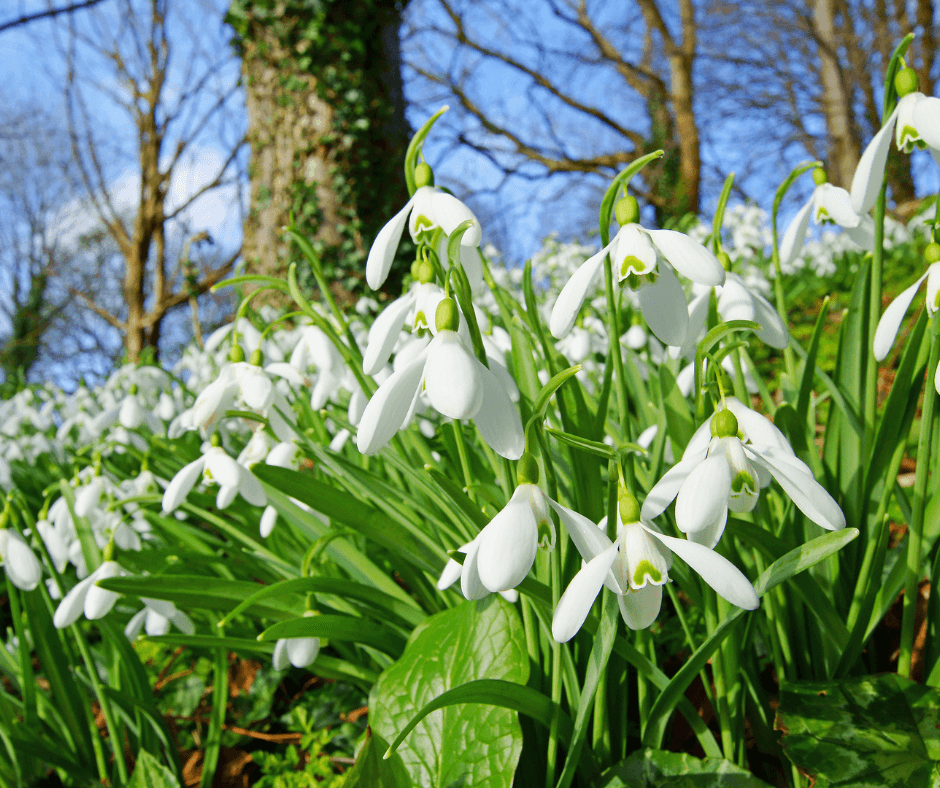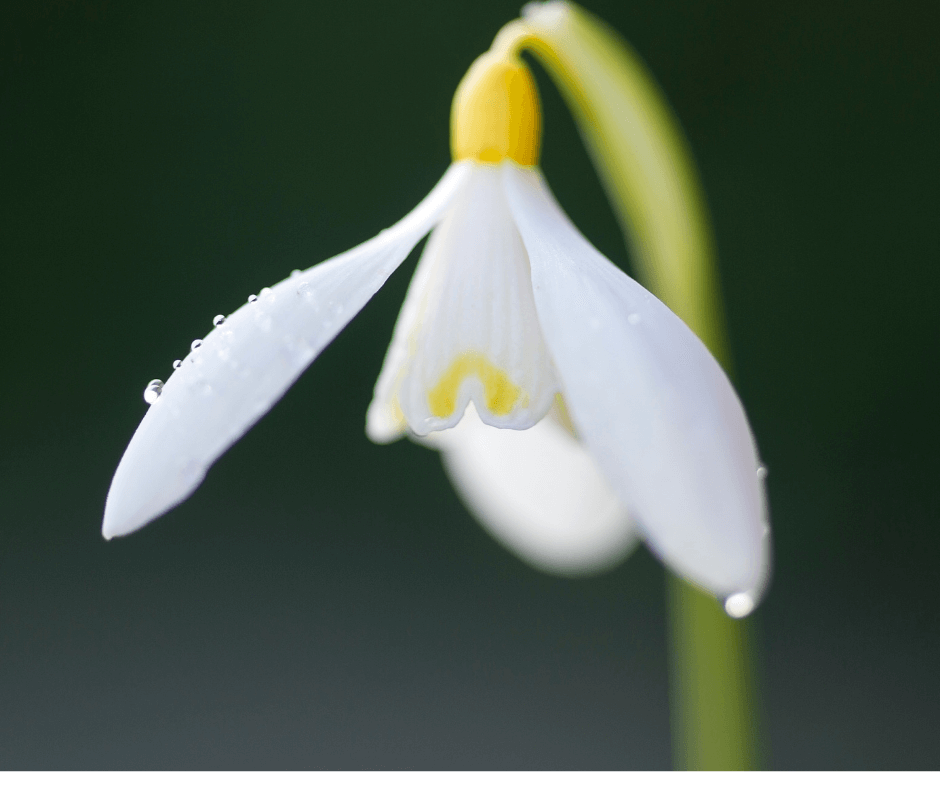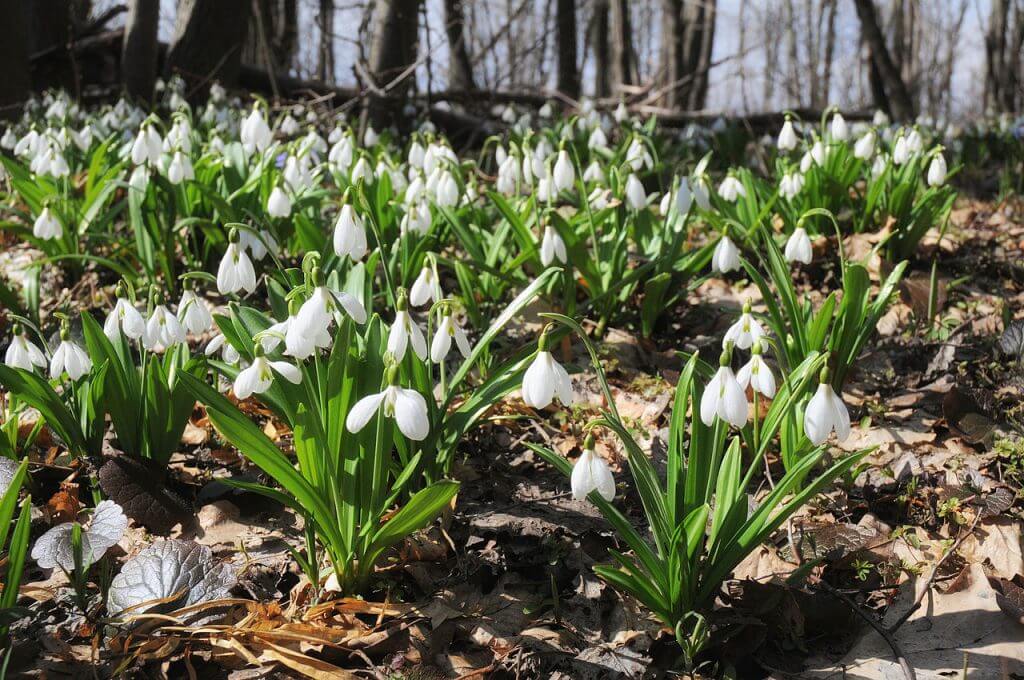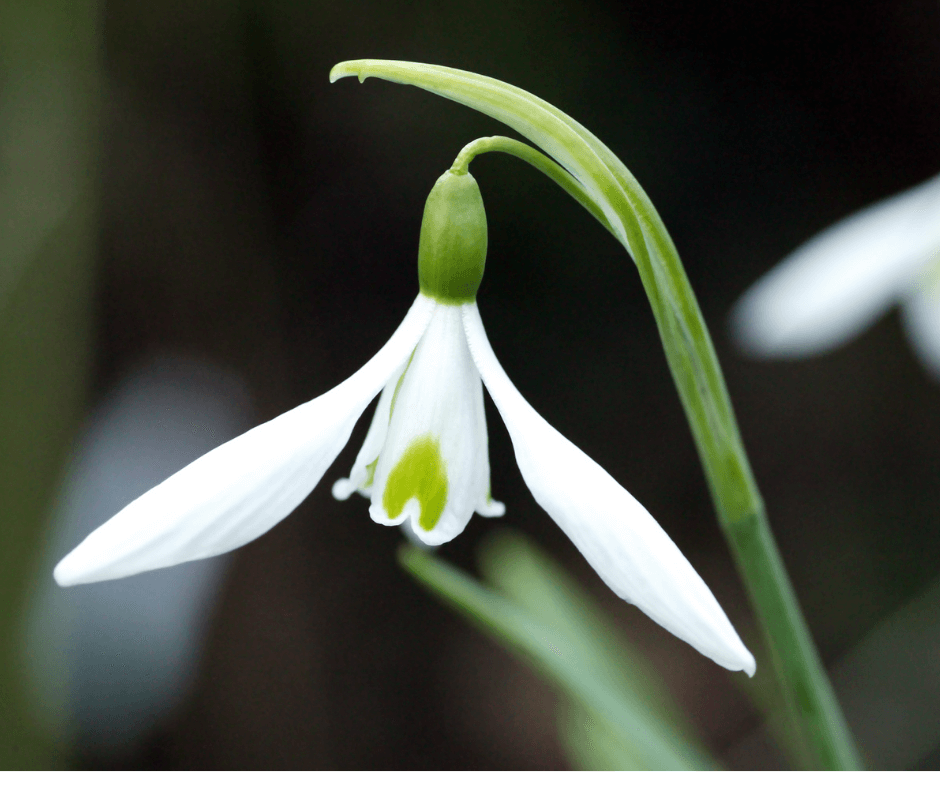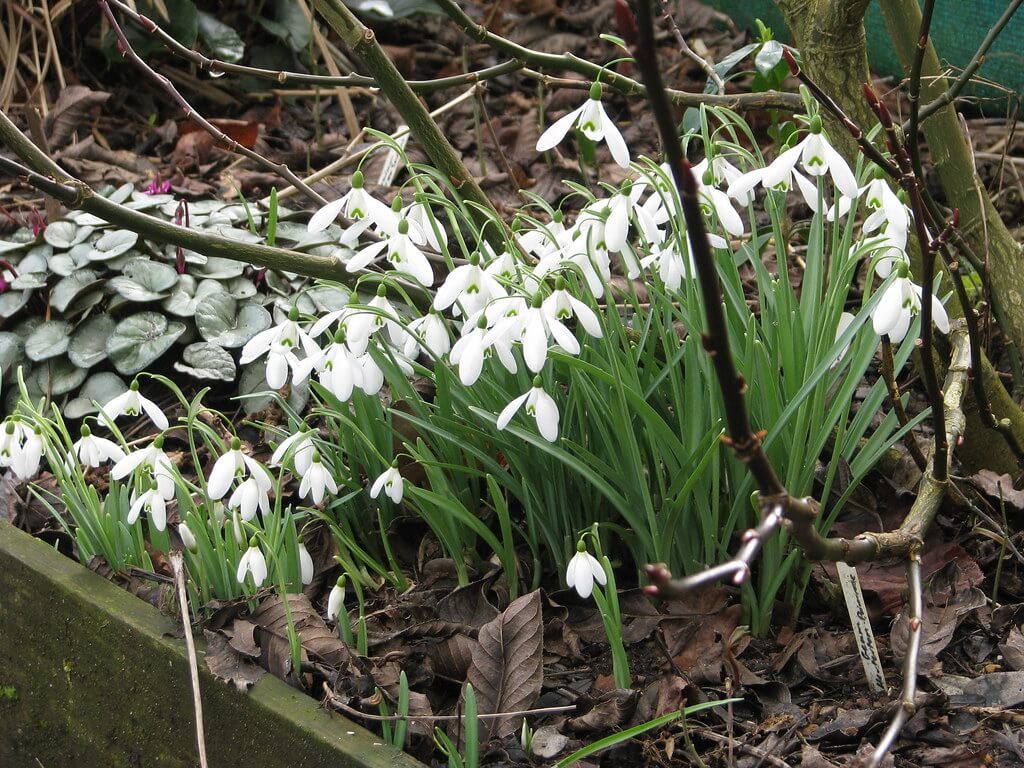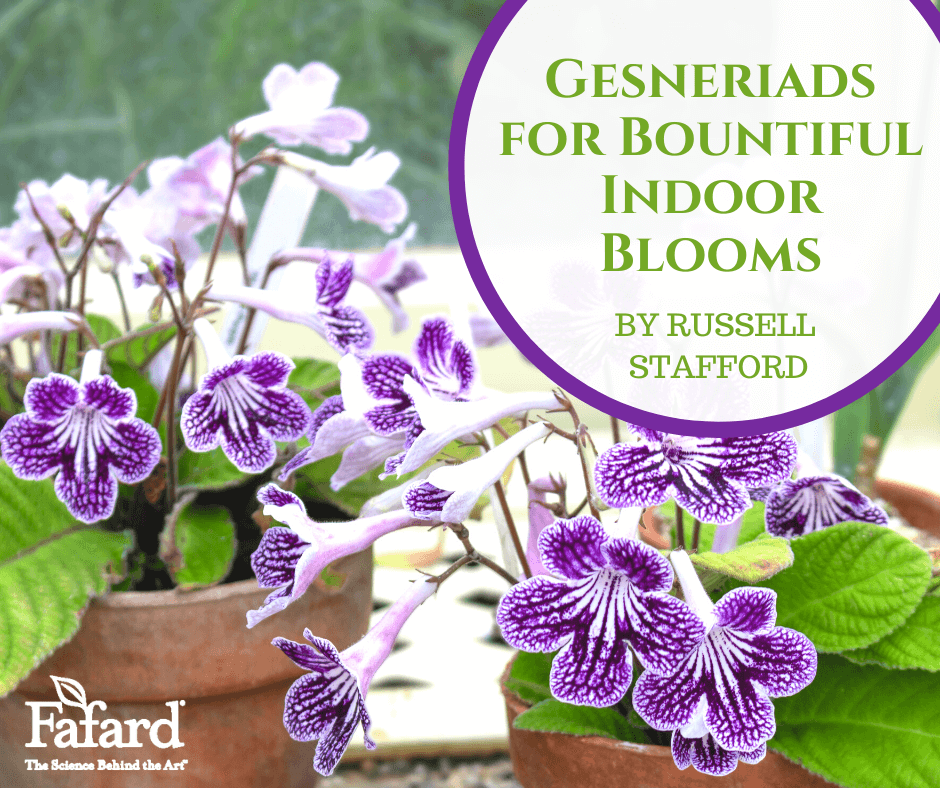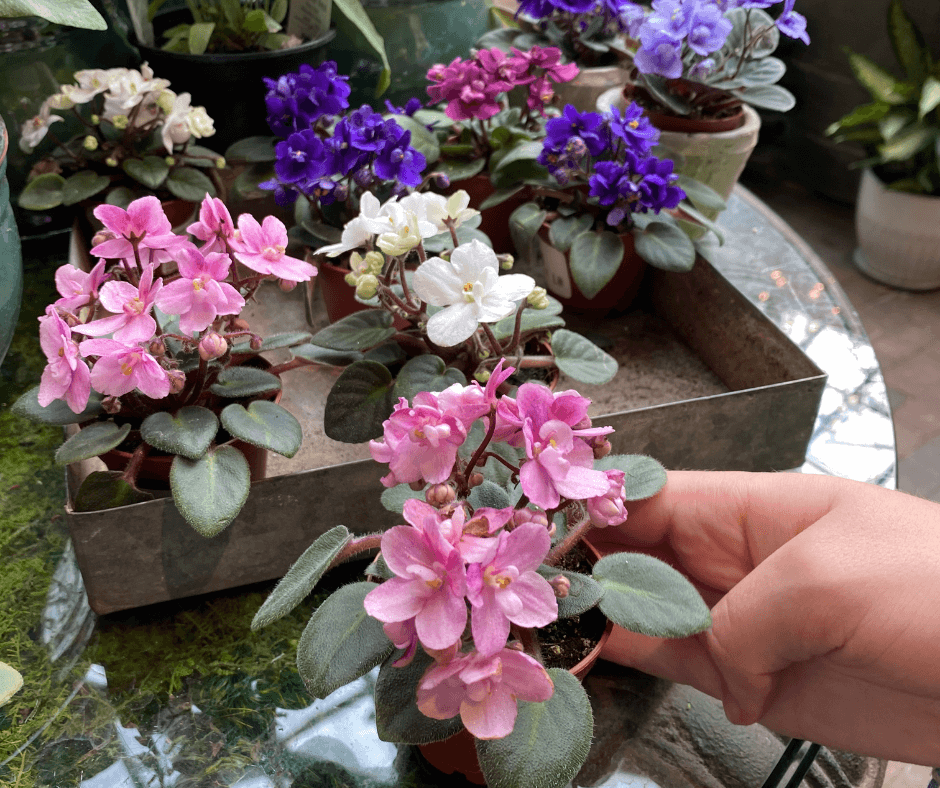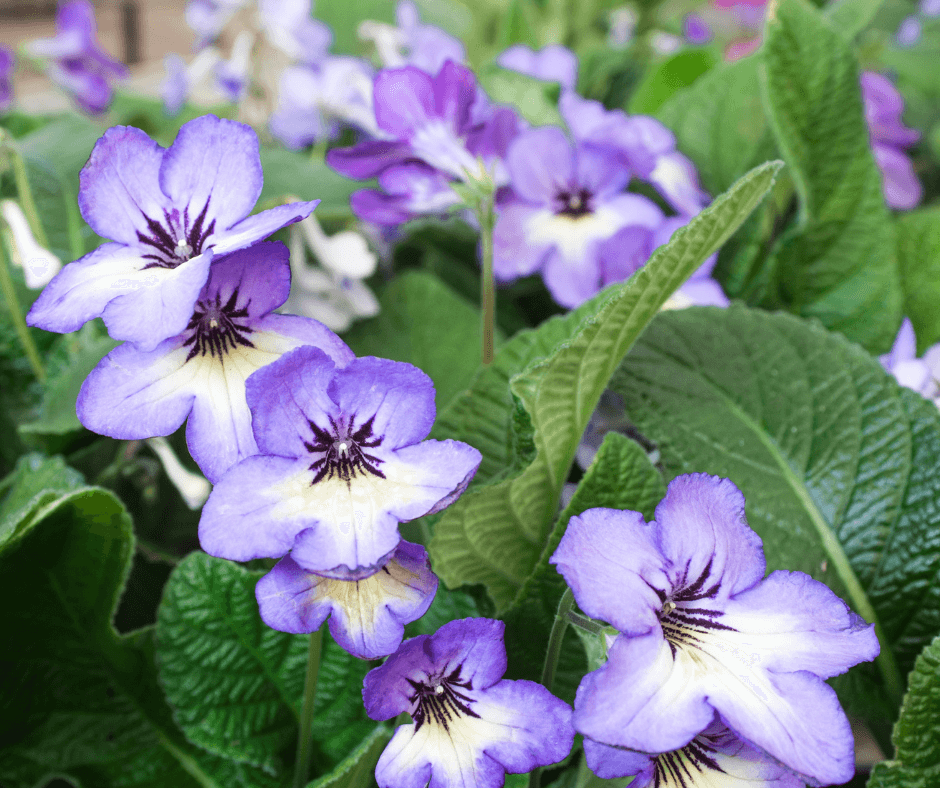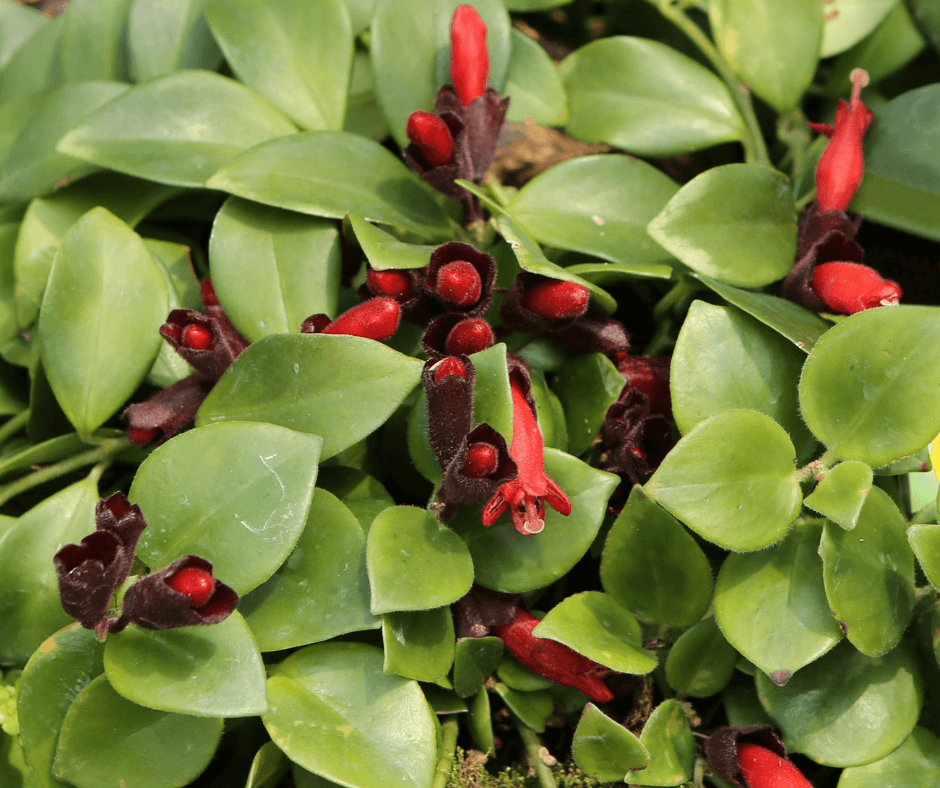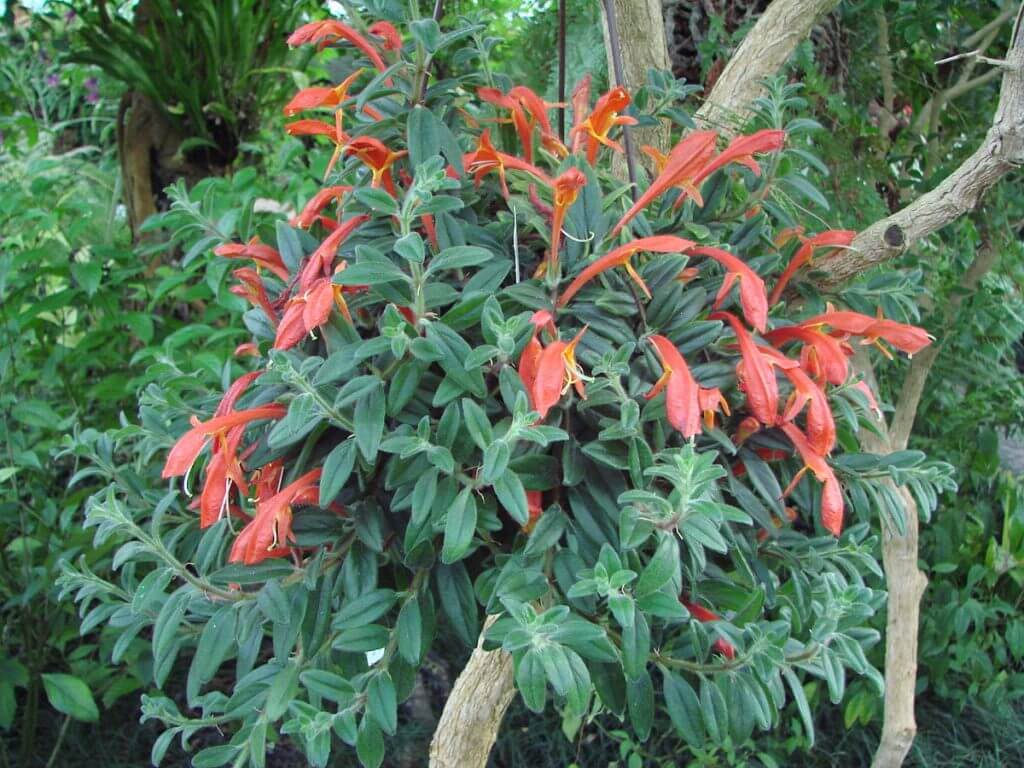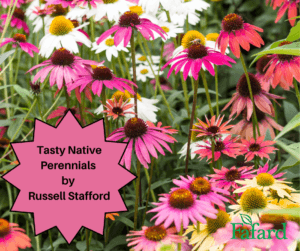
You can have your native perennials AND eat them too. As exhibit A, we present the following toothsome perennial species from eastern and central North America. Adding zest both to ornamental plantings and to recipes, they’re a must for cutting-edge kitchen gardens – and kitchens.
Anise hyssop (Agastache foeniculum)
Favorites of bees and hummingbirds, the lavender-blue, late-spring-to-fall flowers of this 3-foot Midwest and Plains native have a sweet anise-like flavor that also appeals to humans. So, too, do the leaves, which are good for mixing with the flowers as a salad garnish. You can use them in cooked dishes as well, where they work nicely as a counterpoint to acidic fruits and vegetables. Drought-tolerant and sun-loving, anise hyssop will tolerate some shade, flowering less prolifically there. Self-sowing is common, so be on the lookout for volunteers! It’s hardy from USDA Zones 3 to 8.
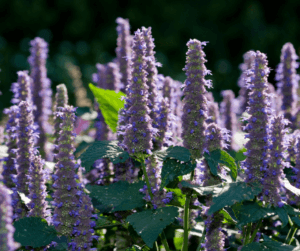
Sweet goldenrod (Solidago odora)
The tasseled yellow late-summer blooms and anise-like fragrance and flavor of sweet goldenrod make it a natural companion to anise hyssop, both in borders and in dishes. Sprinkle a mélange of their flowers on salads for a bracing hit of flavor and color, or add the leaves to tea. At around 20 inches tall, this clumping goldenrod plays nicely in sunny wildflower plantings and cottage gardens, functioning well as a foreground plant. It does well in medium to dry soil in zones 3 to 9 – a wide hardiness range that reflects its Southeast Canada to Texas native range.
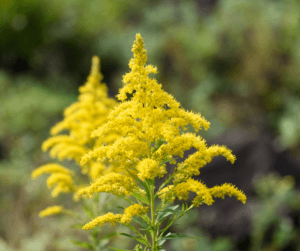
Aniseroot (Osmorhiza longistylis)
The scent and flavor of anise make yet another guest appearance in this widespread North American woodlander (native from the East Coast to the Rockies). From its fleshy roots to its ferny leaves to its lacey white late-spring flowers to the seeds that follow, it is excellent for flavoring salads and cooked dishes and for brewing into teas. Aniseroot looks well in naturalistic shaded borders and cottage gardens in zones 2 to 9. It likes humus-rich soil, so an application of Fafard® Premium Natural & Organic Compost is helpful in sandy or clay-heavy sites. Its close cousin Osmorhiza claytonii is hairier, fewer-flowered, and much less aromatic.
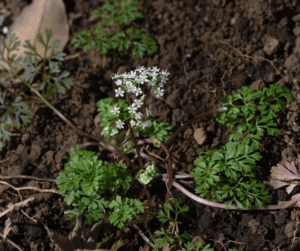
Mountan mint (Pycnanthemum spp.)
Members of the mint family, pycnanthemums all possess the scent, flavor, and romping habit characteristic of their tribe. As ornamental plants, they’re perfect for naturalistic borders, where their colonizing habit and white to purplish summer blooms provide an effective foil to showy-flowered summer perennials such as coneflowers (Rudbeckia) and blazing stars (Liatris). Ornamentally, mountain mints come in two different general types. Species such as hoary mountain mint (P. incanum) and silver mountain mint (P. muticum) have oval leaves with petal-like silver-gray bracts that surround the small clusters of pink or white flowers. Other species (including Virginia mountain mint, P. virginianum) bear narrow, almost needle-like leaves and somewhat larger flower clusters, with no flower bracts. All pycnanthemums can be used in the kitchen to add minty highlights to salads, cooked dishes, teas, and jellies. Broader-leaved species tend to be mintier in flavor than the needle-leaved types.
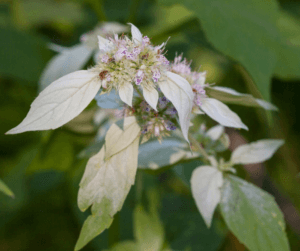
Ramps (Allium tricoccum)
The pungent garlicky leaves of this woodland onion have been a staple of “ramps festivals” and other springtime culinary traditions throughout its native range of eastern and central North America. Unfortunately, this has resulted in over-collection from the wild in many areas, resulting in reduced populations. With a bit of patience, you can grow it for eventual harvest in whatever shady, humus-rich habitats your yard has to offer (you will need several years to achieve a substantial clump). Fortunately, a little ramps goes a long way. Harvest a leaf (or two) with its underlying bulb in spring before the foliage goes dormant, and you will have enough to flavor a good-sized omelet. Then leave your clump alone for another year. Clusters of whitish flowers appear in early summer after the leaves disappear – an echo of spring’s bounty.
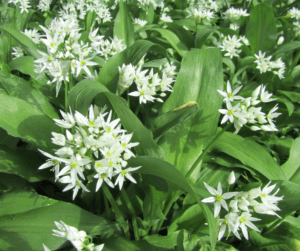
Sochan (Rudbeckia lacniata)
Highly ornamental when they form bold jagged clumps in summer and fall, the leaves and shoots of this eastern and central North American native make for a tasty treat while young and tender in spring. Use them in stir-fries, where they will contribute a distinct flavor somewhat reminiscent of celery. Older leaves and stems require more careful handling. As an ornamental, Rudbeckia laciniata peaks in late summer, displaying yellow green-centered coneflowers atop lofty stems. Plants succeed in moist to average soil over a wide hardiness range (2 to 9).
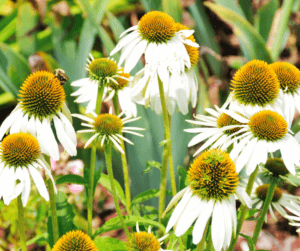
Scots lovage (Ligusticum scoticum)
Another outstanding ornamental perennial with celery-like flavor, Scot’s lovage occurs on beaches and other coastal habitats throughout much of the temperate Northern Hemisphere. The lush compound leaves even have something of a celery look, although on a much handsomer plane. Flat lacy white umbels appear on 18-inch stems in late spring and summer, confirming this perennial’s membership is in the parsley family. As with the leaves, the flowers are edible (as are the seeds that follow). The flavor can be strong, so use Scot’s lovage sparingly at first. It does well in average as well as sandy soil, in sunny to lightly shaded garden habitats from zones 3 to 7.

Additionally, ostrich fern (Matteuccia struthiopteris), with its eminently friable fiddleheads; sunchoke (Helianthus tuberosus), with its tasty tubers; and quite a few other native perennials also are excellent both for display and for eating. All of the above are things to keep in mind when you’re planning your ornamental and kitchen plantings.
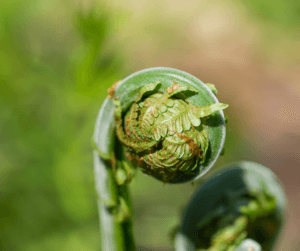

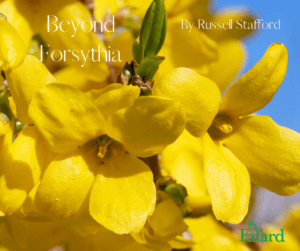
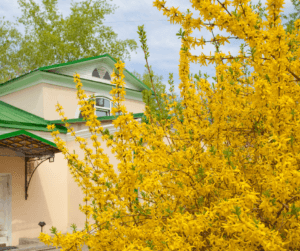

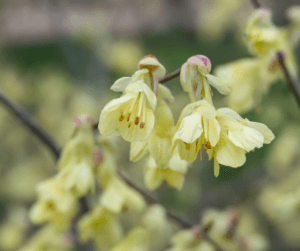
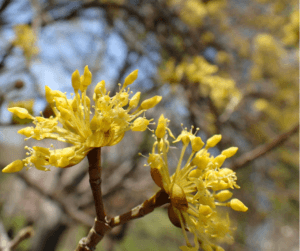

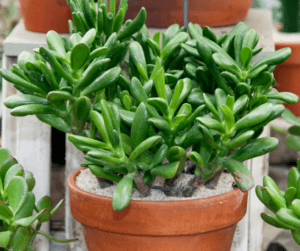


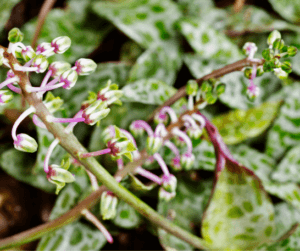
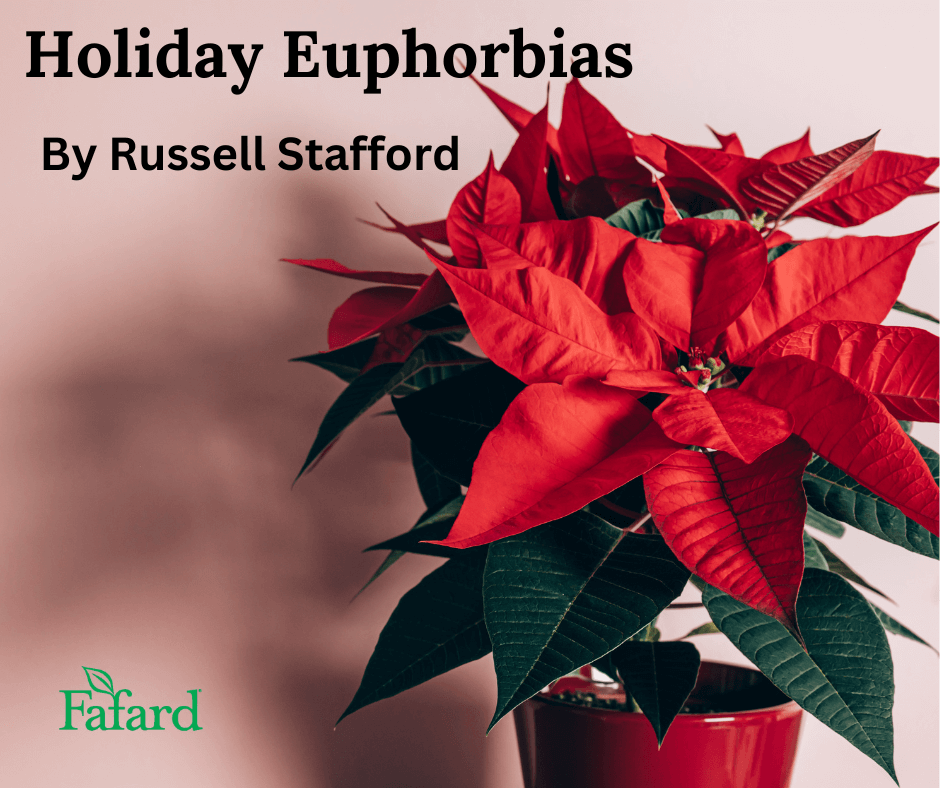
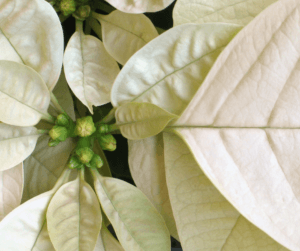 Under whatever name, Euphorbia pulcherrima received little horticulture notice for the first 100 years after its introduction to cultivation in the late 1820s. It was too scraggly and lanky (not to mention cold-tender) for most gardens, and as a cut flower it was too short-lived.
Under whatever name, Euphorbia pulcherrima received little horticulture notice for the first 100 years after its introduction to cultivation in the late 1820s. It was too scraggly and lanky (not to mention cold-tender) for most gardens, and as a cut flower it was too short-lived.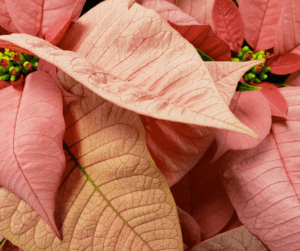 It’s easy to keep poinsettias going after they’ve reached your holiday table. Bright indirect light, warmth (55F minimum), and moderate humidity are all to their liking. Water only when the soil surface is dry and the pot is appreciably lighter due to drying.
It’s easy to keep poinsettias going after they’ve reached your holiday table. Bright indirect light, warmth (55F minimum), and moderate humidity are all to their liking. Water only when the soil surface is dry and the pot is appreciably lighter due to drying.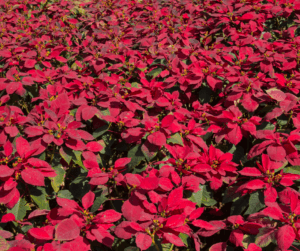 A second – and characteristically prickly – holiday icon from the genus Euphorbia is crown of thorns, Euphorbia milii. Inflorescences comprising paired red-orange lip-shaped bracts cluster toward the tips of this spiny, sparsely branching, 2- to 3-foot shrub. Plants that receive ample light flower almost continuously. Spoon-shaped leaves are spaced along the branches, with plants becoming bare toward their base with age.
A second – and characteristically prickly – holiday icon from the genus Euphorbia is crown of thorns, Euphorbia milii. Inflorescences comprising paired red-orange lip-shaped bracts cluster toward the tips of this spiny, sparsely branching, 2- to 3-foot shrub. Plants that receive ample light flower almost continuously. Spoon-shaped leaves are spaced along the branches, with plants becoming bare toward their base with age.
